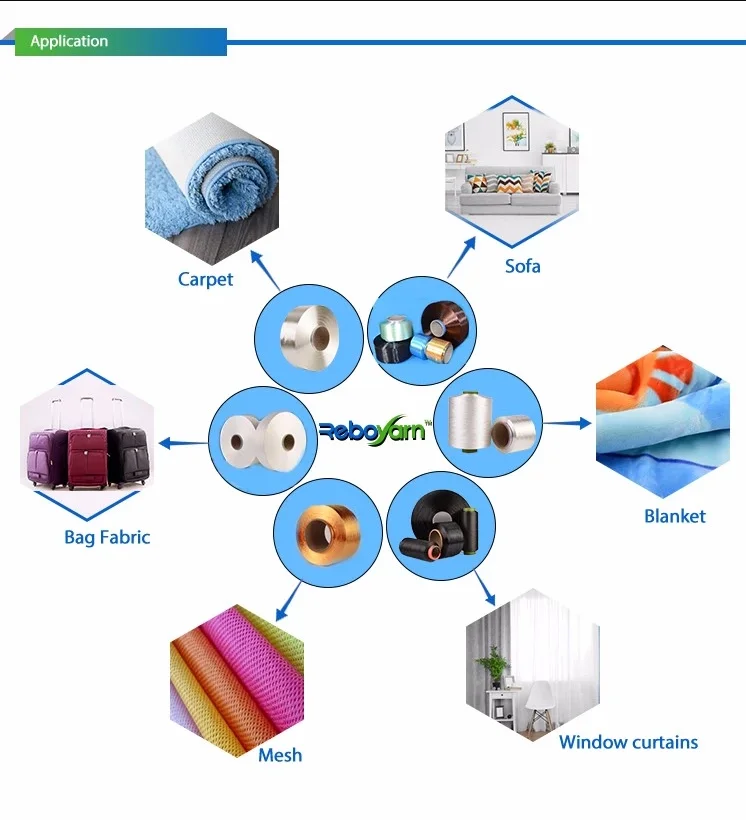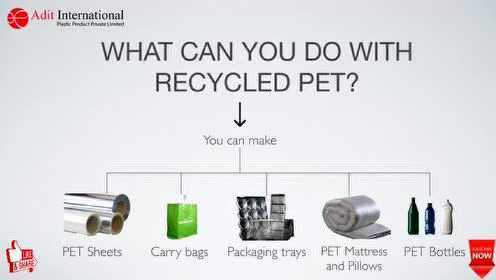Understanding What is PET Plastic: Its Properties, Uses, and Environmental Impact
Guide or Summary:What is PET PlasticProperties of PET PlasticUses of PET PlasticEnvironmental Impact of PET PlasticWhat is PET PlasticPET plastic, or polyet……
Guide or Summary:
What is PET Plastic
PET plastic, or polyethylene terephthalate, is a type of polymer that is widely used in various applications, particularly in the packaging industry. Known for its strength, durability, and lightweight properties, PET plastic is often found in beverage bottles, food containers, and synthetic fibers. It is a thermoplastic, meaning it can be melted and reshaped multiple times without losing its structural integrity. This characteristic makes it an ideal material for recycling, which is increasingly important in today's environmentally conscious society.
Properties of PET Plastic
One of the key attributes of PET plastic is its excellent barrier properties. It effectively resists moisture and gas, making it a popular choice for packaging perishable goods. Additionally, PET has a high tensile strength, which allows it to withstand physical stress without breaking. This durability means that products made from PET can be transported and stored without the risk of damage. Furthermore, PET plastic is transparent, allowing consumers to see the contents of containers, which is particularly advantageous in the food and beverage industry.

Uses of PET Plastic
The versatility of PET plastic is evident in its wide range of applications. In the beverage industry, it is commonly used to produce bottles for soft drinks, water, and juices. The lightweight nature of PET reduces shipping costs and energy consumption during transportation. Beyond beverages, PET plastic is also utilized in food packaging, such as trays and clamshell containers, ensuring that products remain fresh and protected.
In addition to packaging, PET is used in the textile industry to create synthetic fibers, commonly known as polyester. These fibers are employed in clothing, home furnishings, and industrial applications due to their strength and resistance to wrinkling and shrinking. Furthermore, PET is used in the production of various consumer goods, including automotive parts, electronics, and construction materials.

Environmental Impact of PET Plastic
Despite its many advantages, PET plastic has come under scrutiny due to its environmental impact. The production and disposal of PET contribute to pollution and waste, prompting calls for more sustainable practices. However, PET plastic is one of the most recyclable materials available. When properly recycled, it can be transformed into new products, reducing the need for virgin materials and minimizing waste.
Recycling PET plastic not only conserves resources but also reduces energy consumption and greenhouse gas emissions associated with the production of new plastic. Many communities have implemented recycling programs to encourage the collection and processing of PET bottles and containers. Additionally, some companies are exploring innovative ways to create a circular economy for PET plastic, where used materials are continuously recycled and reused.

In summary, understanding what is PET plastic is crucial for recognizing its significance in modern society. Its properties make it a valuable material in various industries, while its environmental impact highlights the need for responsible use and recycling. As consumers become more aware of sustainability issues, the demand for recycled PET and eco-friendly alternatives will likely increase, shaping the future of plastic use. By embracing recycling and sustainable practices, we can harness the benefits of PET plastic while minimizing its environmental footprint.